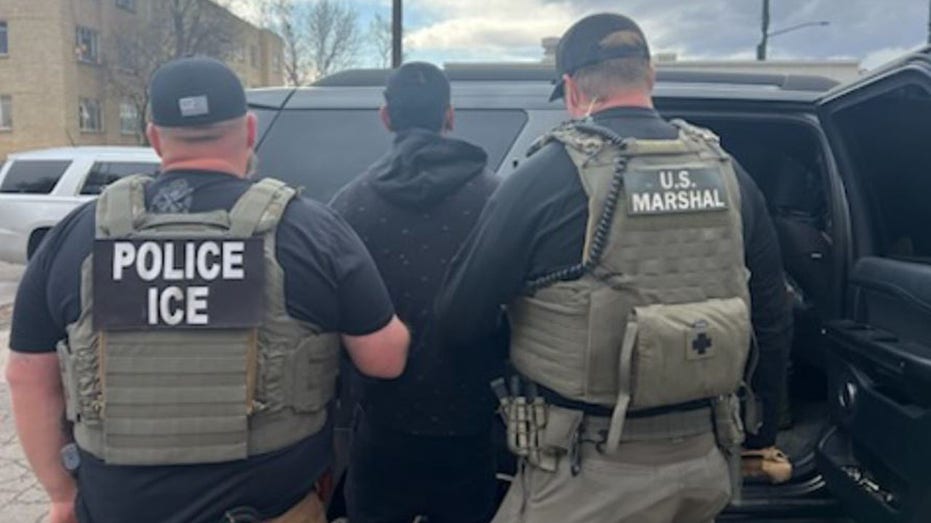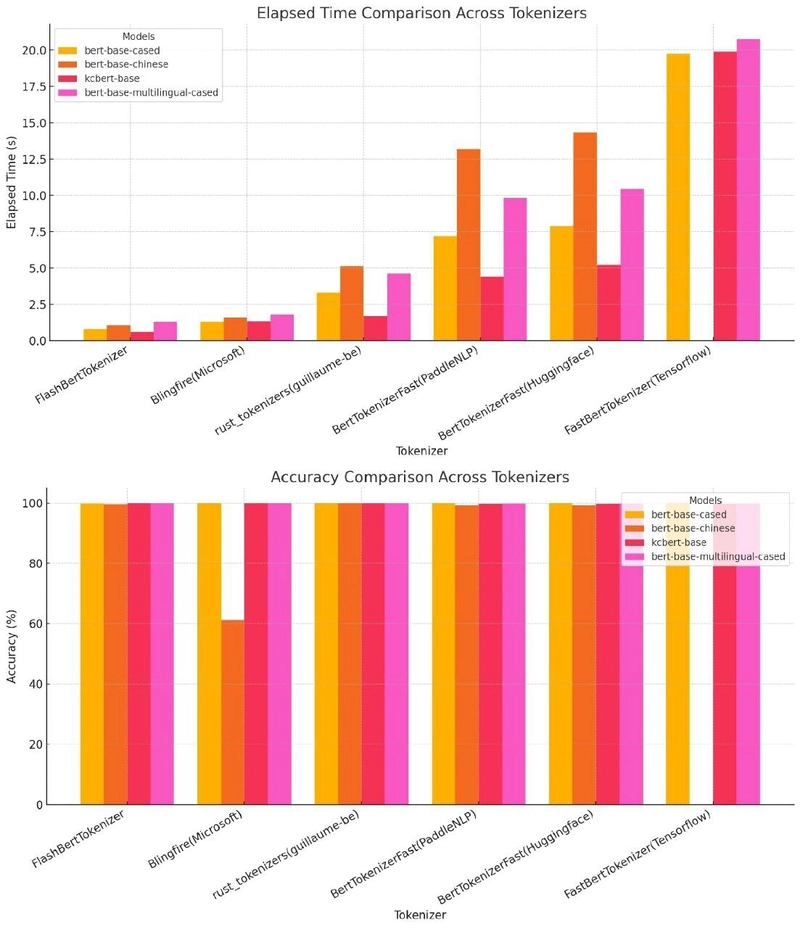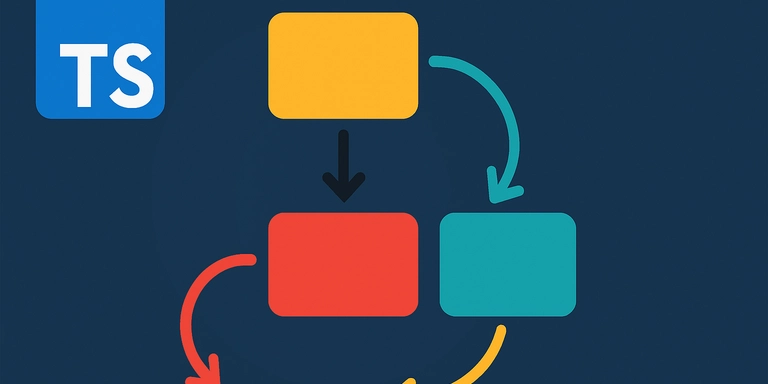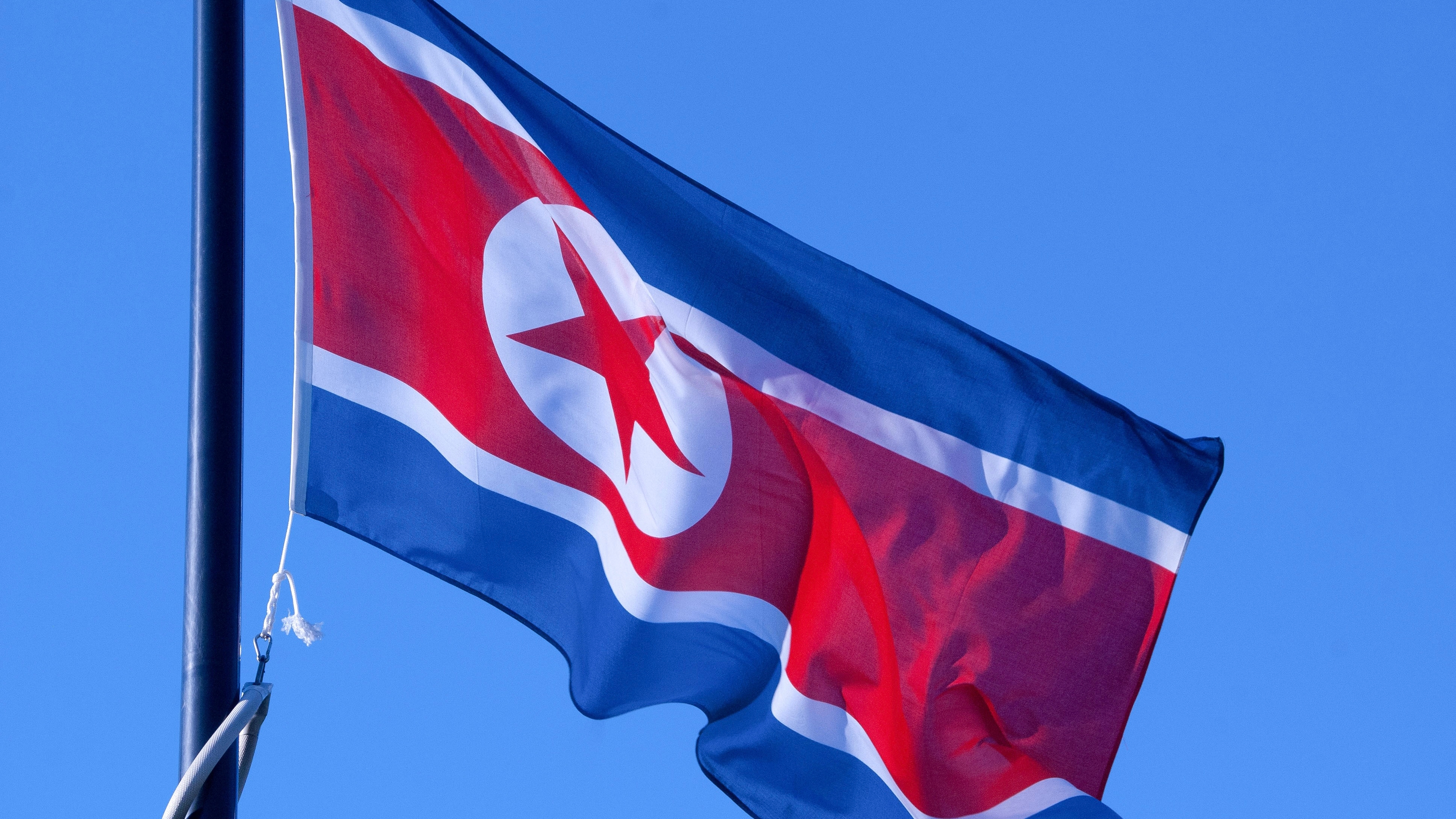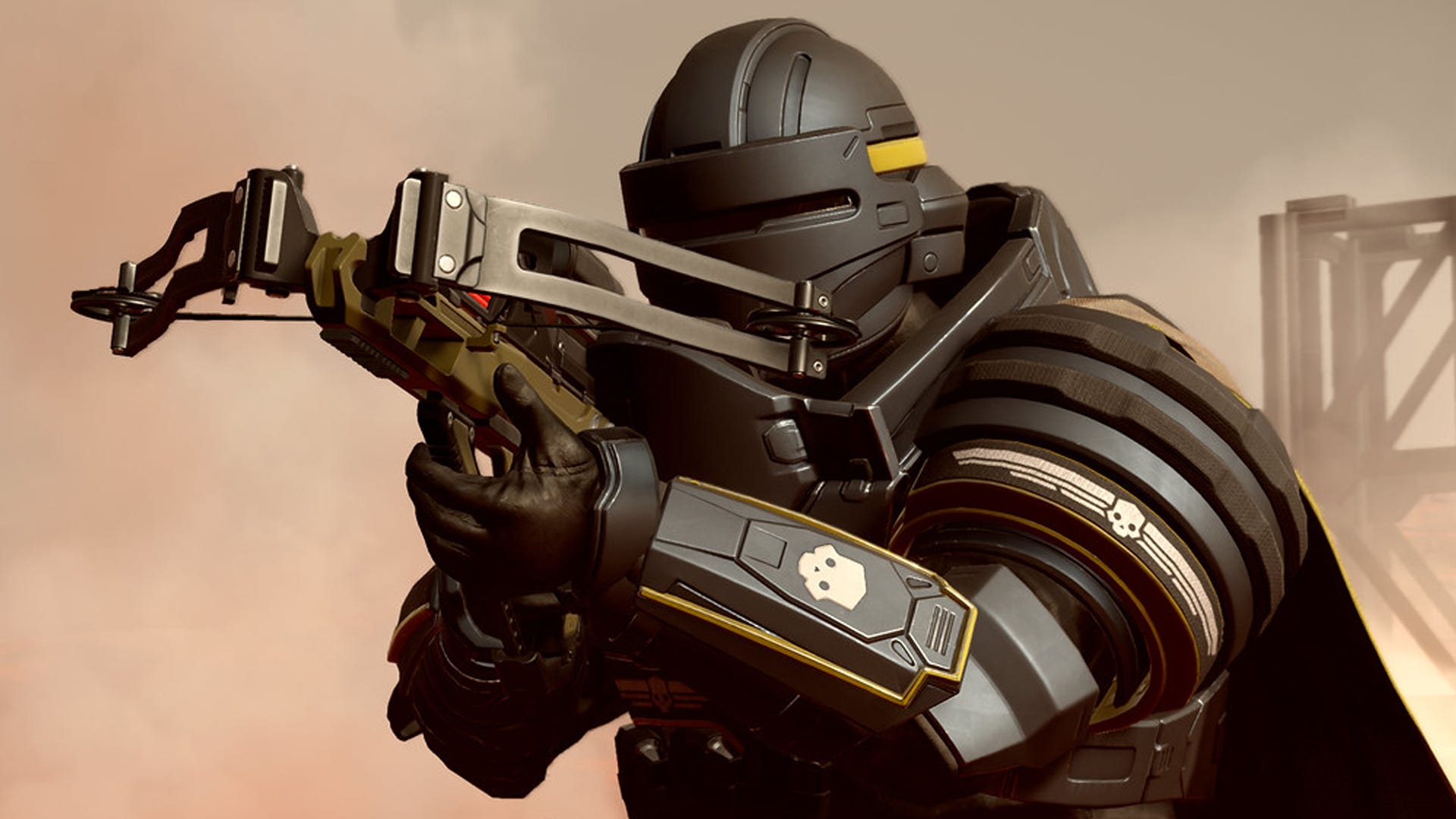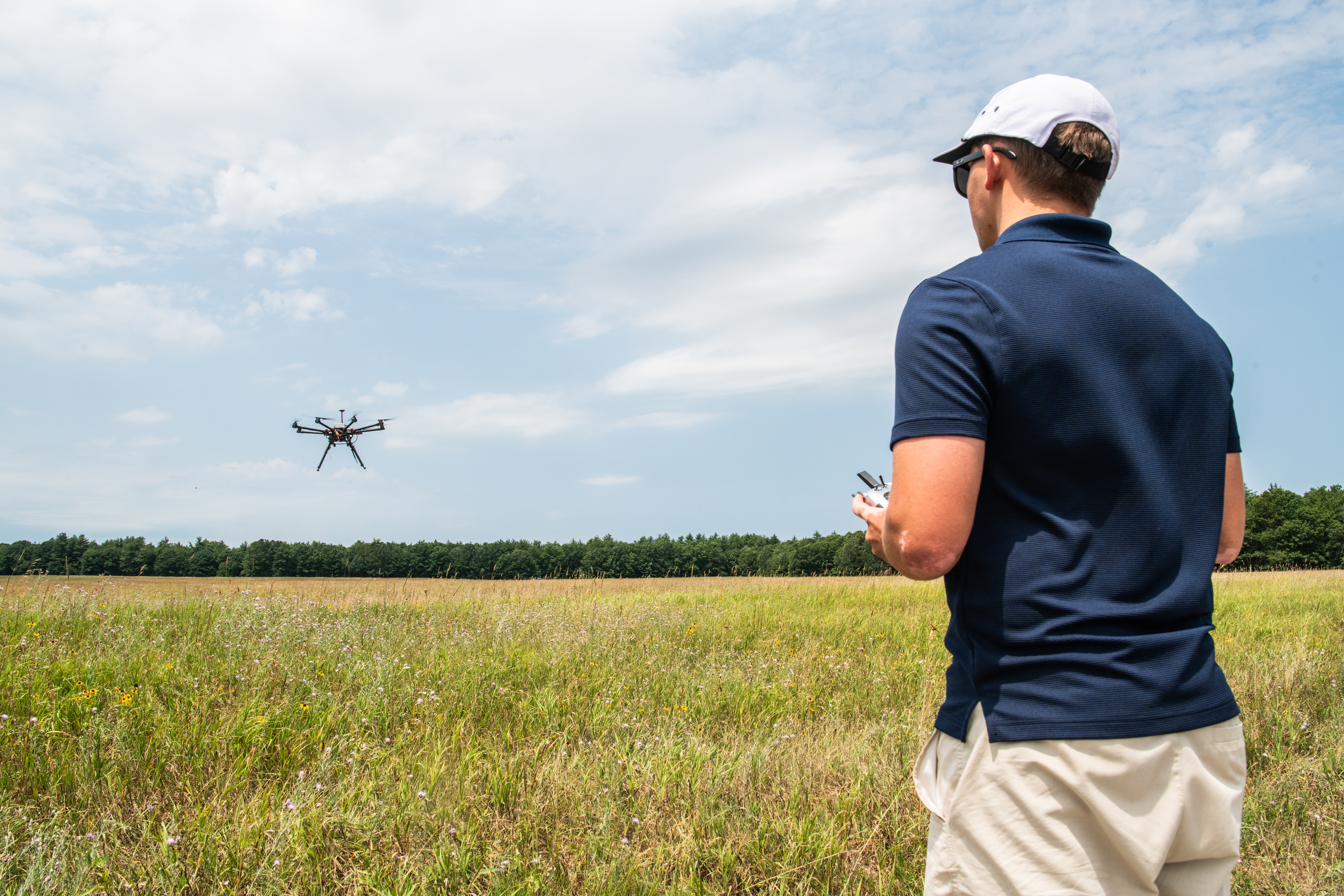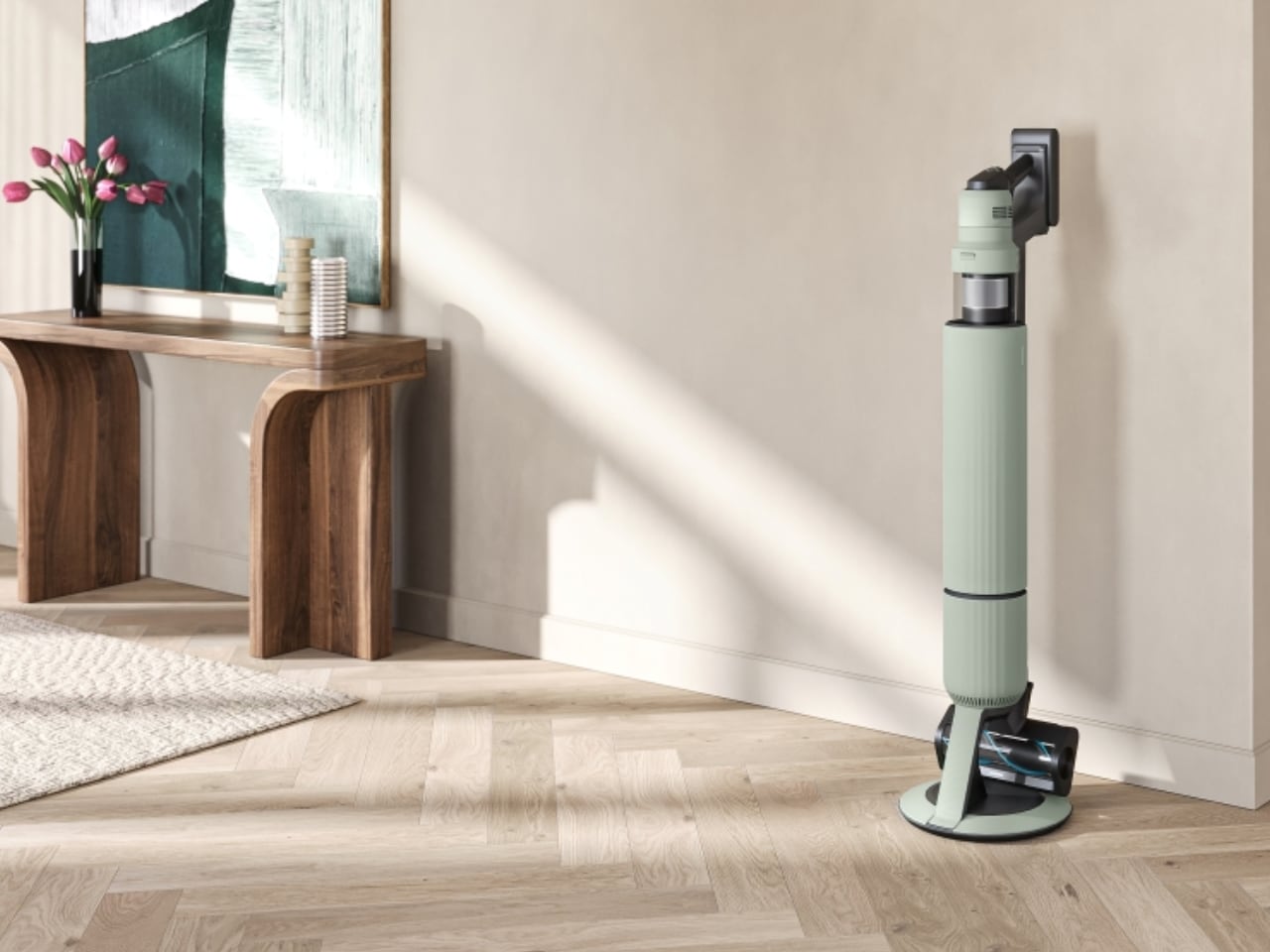What is a SCIF? Inside the high-security rooms that keep military secrets safe — unlike a Signal chat
Government and military officials handle classified discussions within SCIF rooms to safeguard top-secret information from adversaries.
Carlos Fyfe/The White House/Handout via REUTERS
- Trump officials mistakenly included a journalist in a Signal chat about strikes on Houthi rebels.
- High-security rooms called SCIFs are used for classified discussions to prevent information leaks.
- The breach highlights the risks of using encrypted apps for sensitive national security talks.
As digital surveillance, hacking, and cyber espionage become more sophisticated, protecting the security of government communications is more important than ever.
US officials typically have classified discussions within the walls of highly secure facilities to safeguard top-secret information from foreign adversaries.
The same level of security, however, can't be provided by even encrypted messaging apps like Signal, which the Pentagon warns is vulnerable to hacking.
Earlier this week, The Atlantic's editor in chief Jeffrey Goldberg was inadvertently added to a Signal group chat with Trump administration officials, including Vice President JD Vance and Defense Secretary Pete Hegseth, discussing plans for a military strike on Houthi rebels in Yemen.
Trump officials deny that classified information was shared, but there are arguments to the contrary. They didn't include things like names and locations, but they did discuss time on station, weather conditions, target details, and strike packages for the mission.
The extraordinary operational security failure underscored a deeply troubling, dangerous reality in modern national security — some highly sensitive military conversations may not be happening inside a SCIF as they probably should.


